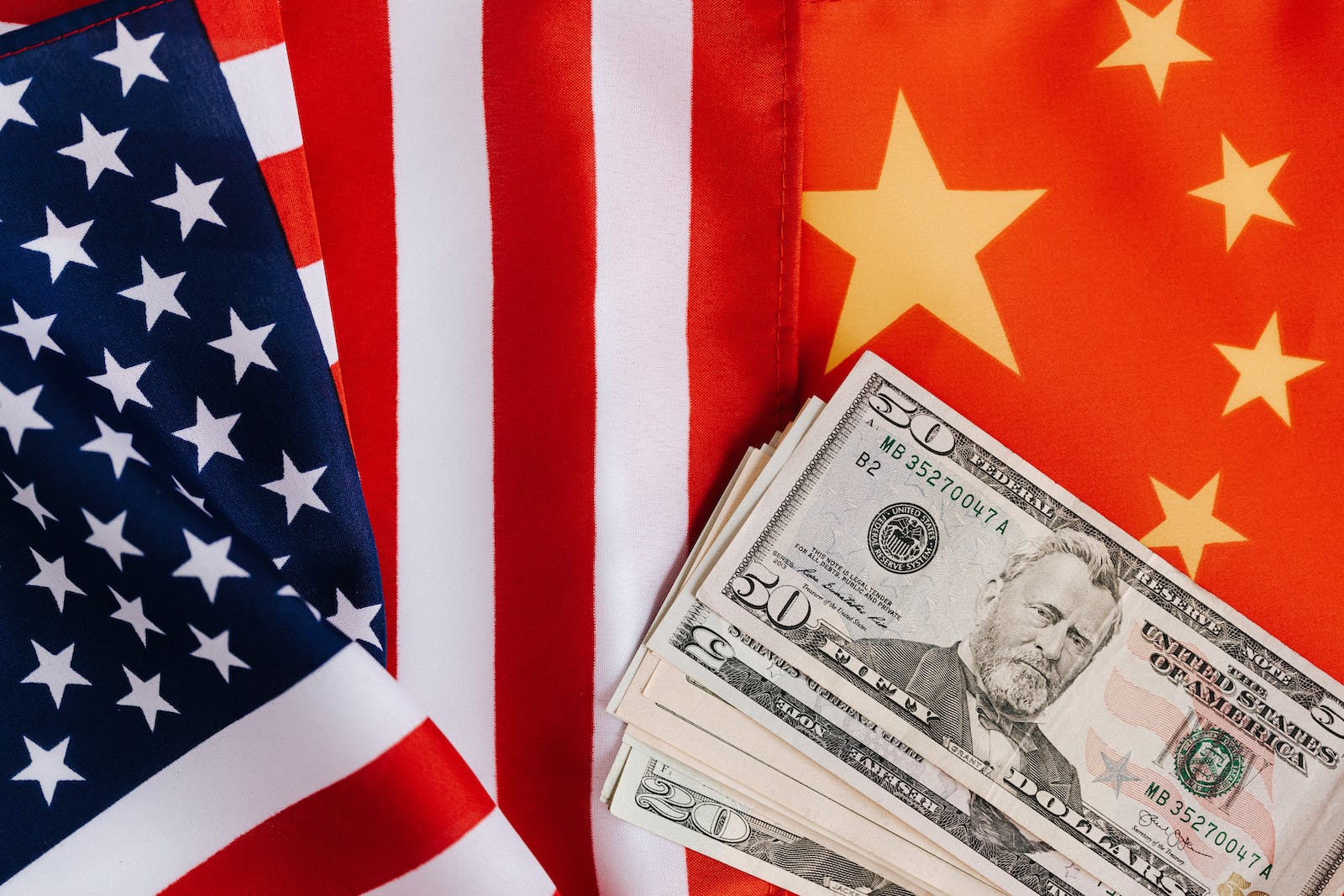An insight into China’s financial system

Author: P Sree Lakshmi
The financial sector plays a key role in expansion of Chinese economy, allowing it to emerge as the second largest in the world. The financial sector includes different elements such as the formal banking sector, the interbank market, the bond market, and shadow banking. This article deals with the overview of Chinese formal banking sector and how it is distorted due to subsidization and government intervention.
The Commercial Bank Law of the People’s Republic of China states that commercial banks shall conduct their business of lending as per the needs of the national economic and social development and as per the industrial policies of the State. As per Article 38 of Commercial Bank Law, a commercial bank shall fix its interest rate on loans in accordance with the ceiling and floor rate of interest set by the People’s Bank of China (PBoC). While China amended its law in 2015, it left Article 38 untouched. Article 15 of the General Rules on Loans provides that pursuant to the State policy, relevant departments may grant interest discounts on loans, to promote growth of certain industries and regional economic development. The implications of this are that the banks in China do not set interest rates based on market determined rates. Instead, the Government, at the central and local levels, maintains and exercises effective control over the lending rates.
The “Big Five” commercial banks in China namely Bank of China (BoC), Industrial and Commercial Bank of China (ICBC), China Construction Bank Corporation (CCBC), Agriculture Bank of China (ABC), and Bank of Communications (BCM) – all operate large branch networks nationwide. There are also three specialized policy banks namely Shenzhen Development Bank (SDB), Agricultural Development Bank of China (ADBC) and the Export-Import (EXIM) Bank – with an operational focus on infrastructure projects and pillar industries, agricultural goods procurement and rural development projects, and the expansion of external (foreign) trade, respectively.
The US Department of Commerce (DOC) has determined that there is significant market distortion[1] in the determination of lending rates in China PR. While state ownership, per se, does not necessarily mean that interest rates are fundamentally distorted or not market-determined, the State’s role in the market in China extends far beyond just state ownership. State-owned and government-linked entities dominate both the supply and demand sides of the bond market. 94% of all bonds are issued by government-owned entities, including policy banks, SOEs (State-Owned Enterprises) and local governments. With commercial banks holding over 60% of all bonds and over 70% of Treasury bonds, the majority holdings are also owned by government-owned entities. The presence of state ownership on both sides leads to significant distortions in lending decisions. Further, the implicit government guarantees on loans made by state-owned banks to SOEs are also a consequence of state ownership and the strategic importance the government attaches to SOEs.
Over the last few years, the Government of China has taken steps to facilitate further development of the market’s role in Chinese economy. In July 2013, the PBoC removed the floor on retail bank lending rates, and in October 2015, the PBoC removed the cap on retail bank deposit rates. As a result of these administrative actions, bank lending and deposit interest rates are now nominally free of direct government control. However,the Chinese government’s intervention in the banking system is not only through the fixing of maximum and minimum interest rates: the Government and party leaders also exert considerable influence behind the scenes, constantly forcing loans to specific companies, sectors or regions to fulfill their political agendas. This is made possible due to close relations between the government and the banking system, as well as the widespread power of the Communist Party.[2]
Investigating authorities have also found that the Chinese government confers countervailable subsidies in the form of preferential lending. For instance, European Commission found that the government loans were granted on terms more favourable than the recipient could actually obtain in the free market. The European Union further found that even the non-government loans in China do not provide an appropriate market benchmark as such rates were also distorted due to government intervention. As a result, European Union referred to a benchmark interest rate, constructed on the basis of standard lending rate of the People’s Bank of China and adjusted to reflect normal market risk. Similarly, Brazil also determined that the Chinese financial system is not governed by market rules, but by the government of that country, both through its regulation and through government participation in Chinese financial institutions, thereby rending the lending rates distorted.
While there have been some reforms, that allow higher degree of private participation in hitherto State Owned Commercial Banks (SOCBs), China’s banking sector still exhibits a higher degree of state-ownership than banking sectors in other countries at similar stages of economic development. Such state-ownership in the banking sector allows the state to determine much of the capital allocation in China.
Thus, Chinese government maintains and
exercises complete control over the financial system, especially the banking
sector. This has resulted in the government using the banking sector as a key
policy instrument to allocate capital to priority industries. Due to this
important policy role assumed by the government of China, banking sector has
remained distorted. Therefore, for the purpose of anti-subsidy investigations
against China, the lending rates/loans offered by the government owned banks may
be considered as subsidized. The Indian anti-subsidy investigations against
China have also shown that the Government of China provides preferential
lending to producers, including SOEs. Further, the DGTR has noted that there is
substantial government intervention in the banking sector, due to which the rate
of loan provided, does not reflect the rates that would be found in a functioning
market. Thus, the DGTR concluded that China is providing countervailable
subsidies to the industry by providing loans at rates less than the benchmark
rate.
[1] US- Narrow Woven Ribbons with Woven Selvedge from the People’s Republic of China-2019
[2] The Chinese Financial System – An Introduction and Overview”, of 2013, by Douglas J. Elliott and Kai Yan
You May Also Like

Saudi Arabia’s Trade Remedial Law- A step forward.

United States challenges Chinese additional customs duty at WTO

Availability of Import Data: Balancing Confidentiality of Proprietary Information & the Legitimate Requirements of Parties


